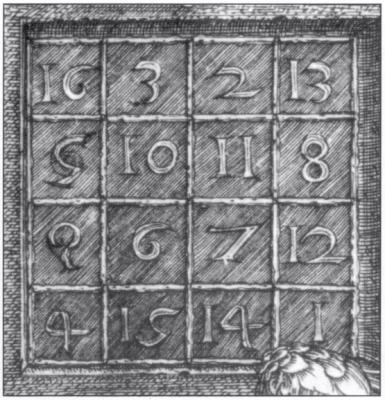Donnerstag, 24. Mai 2012
Goldbachvermutung für Summe aus drei Primzahlen bewiesen
klauslange,20:06h
Wie schon im Zusammenhang mit Terence Taos Ergebnis (hier ) angemerkt, ist der Beweis von Winogradow, dass ab einer bestimmten Konstante C alle ungeraden Zahlen wirklich als Summe von höchstens drei Primzahlen dargestellt werden können, nicht praktikabel.
Warum?
Die Konstante hat den Betrag
C = e^3100
D.h. man kann nicht alle Zahlen bis dorthin per Computerberechnungen - also brute force - ermitteln.
Tao hat nun mit seinem Ergebnis einen Weg gewiesen, womit ihm immerhin die Darstellbarkeit aller ungeraden Zahlen größer 1 mit höchstens fünf Primzahlen gelang.
Darauf referenzierend hat nun H.A. Helfgott diese Grenze von C soweit heruntergedrückt, dass alle ausstehenden Computerberechnungen praktikabel sind. D.h. er hat prinzipiell die schwache Goldbachvermutung bewiesen.
Ein Vorabdruck findet sich in arXiv.org.
Abstract. The ternary Goldbach conjecture states that every odd number
n 7 is the sum of three primes. The estimation of sums of the form
Pp≤x e(p), = a/q + O(1/q^2), has been a central part of the main approach
to the conjecture since (Vinogradov, 1937). Previous work required q
or x to be too large to make a proof of the conjecture for all n feasible.
The present paper gives new bounds on minor arcs and the tails of major
arcs. For q 4 · 10^6, these bounds are of the strength needed to solve the
ternary Goldbach conjecture. Only the range q 2 [10^5, 4 · 10^6] remains to be
checked, possibly by brute force, before the conjecture is proven for all n.
The new bounds are due to several qualitative improvements. In particular,
this paper presents a general method for reducing the cost of Vaughan’s
identity, as well as a way to exploit the tails of minor arcs in the context of
the large sieve.
Datum von gestern. Mit anderen Worten: Es steht noch die Beweisprüfung aus.
Wer ist H.A. Helfgott?
Harald Andres Helfgott
Warum?
Die Konstante hat den Betrag
C = e^3100
D.h. man kann nicht alle Zahlen bis dorthin per Computerberechnungen - also brute force - ermitteln.
Tao hat nun mit seinem Ergebnis einen Weg gewiesen, womit ihm immerhin die Darstellbarkeit aller ungeraden Zahlen größer 1 mit höchstens fünf Primzahlen gelang.
Darauf referenzierend hat nun H.A. Helfgott diese Grenze von C soweit heruntergedrückt, dass alle ausstehenden Computerberechnungen praktikabel sind. D.h. er hat prinzipiell die schwache Goldbachvermutung bewiesen.
Ein Vorabdruck findet sich in arXiv.org.
Abstract. The ternary Goldbach conjecture states that every odd number
n 7 is the sum of three primes. The estimation of sums of the form
Pp≤x e(p), = a/q + O(1/q^2), has been a central part of the main approach
to the conjecture since (Vinogradov, 1937). Previous work required q
or x to be too large to make a proof of the conjecture for all n feasible.
The present paper gives new bounds on minor arcs and the tails of major
arcs. For q 4 · 10^6, these bounds are of the strength needed to solve the
ternary Goldbach conjecture. Only the range q 2 [10^5, 4 · 10^6] remains to be
checked, possibly by brute force, before the conjecture is proven for all n.
The new bounds are due to several qualitative improvements. In particular,
this paper presents a general method for reducing the cost of Vaughan’s
identity, as well as a way to exploit the tails of minor arcs in the context of
the large sieve.
Datum von gestern. Mit anderen Worten: Es steht noch die Beweisprüfung aus.
Wer ist H.A. Helfgott?
Harald Andres Helfgott
... comment

